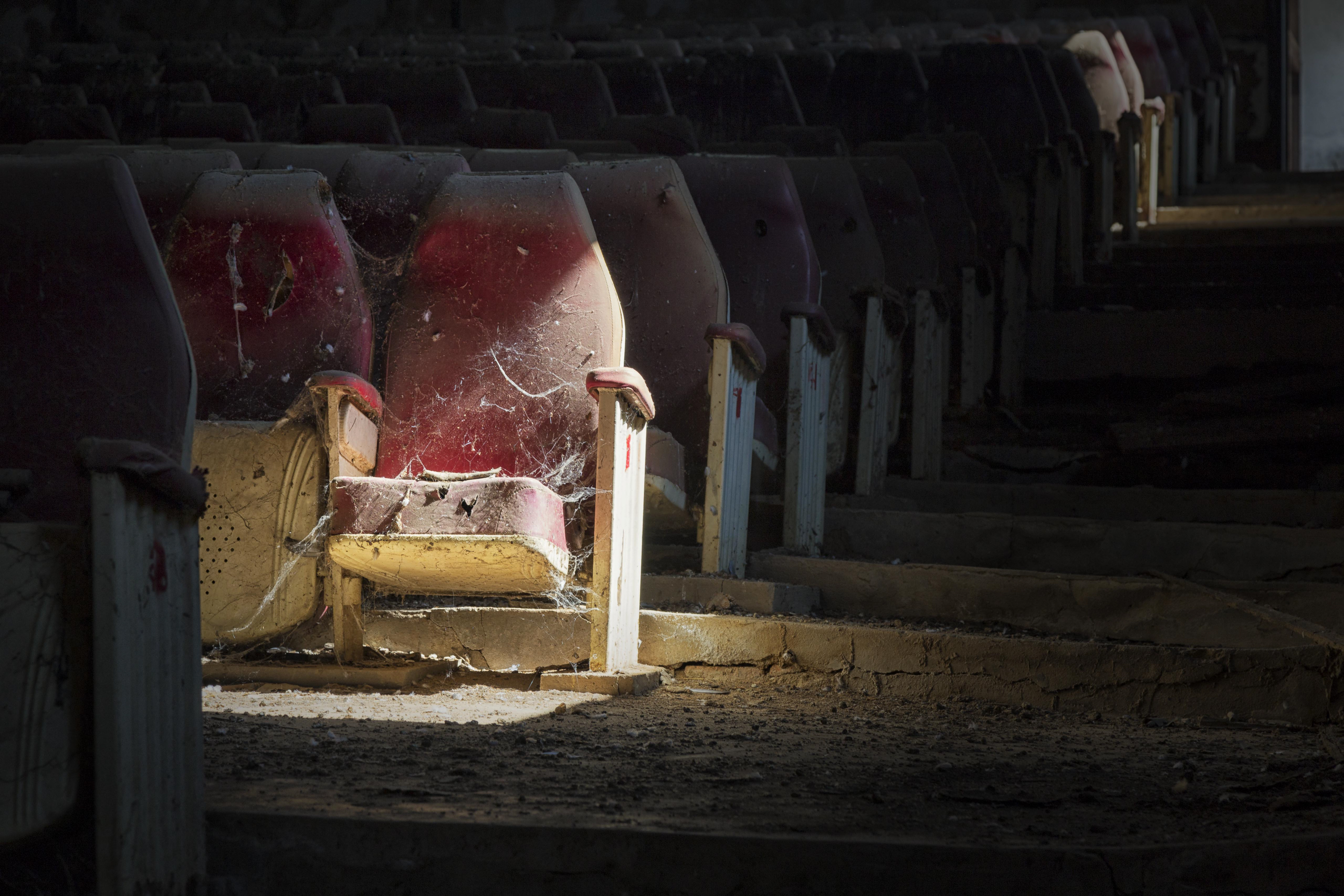Last Updated on 01/19/2019 by Mark Beckenbach
All images and text by Dax Ward. Used with permission.
Every derelict location comes with its own individual history, but each one is also connected in the sense that they are reminders of what once was, what might’ve been, and what happens when we forget. They are no longer freshly painted, not shiny and new anymore. Windows are broken. Doors, furniture, light fixtures, and most metal has been either stolen or scrapped. They are not as they once were, nor will they ever be again. Nonetheless, despite the decay and rust that many see as unsightly blots on the landscape, the allure for urban explorers and photographers lies in identifying and capturing the remaining beauty of these forgotten locations. If we look closely, it isn’t hard to find.
I’ve been photographing abandoned places since 2016 and have documented over 30 locations in Thailand, as well as several in the US and South Africa. I’m fascinated with the history of places that were once important components of local communities, but now lay derelict and forgotten to history. I take pictures with the intention of cataloging a time, a place, and an economic or social reality. I attempt to gain a sense of the tapped-out usefulness of an institution and a peek into it’s uncertain future. Among the chaos is a beautiful order waiting to be discovered.
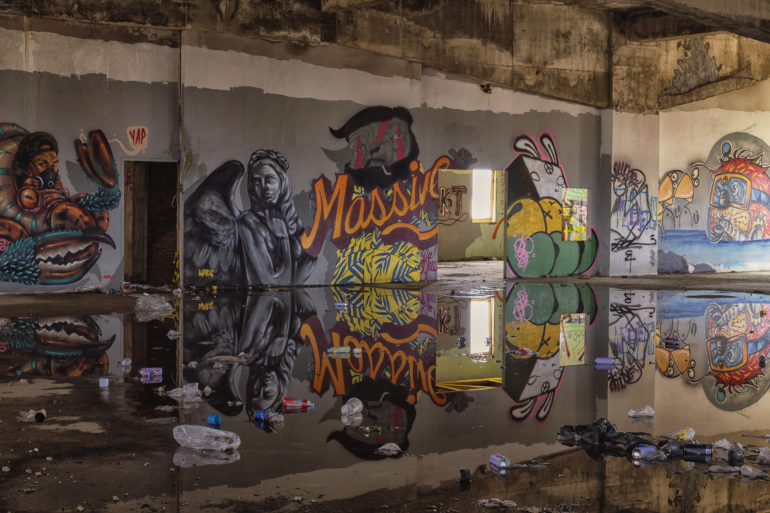
Originally from the US, I’ve been living, working and traveling in Asia since 2003, where I’m a Technology teacher and part-time photographer. Since 2007, I’ve lived in the culturally vibrant and beautifully chaotic city that is Bangkok, Thailand. The Big Mango provides endless subject matter for photos, with every moment providing something interesting and unique to capture. My heart is in street shooting, but these days I’m heavily involved in urban exploration, seeking out and capturing the eerie beauty of abandoned, decaying, or unusual structures and sites around Thailand.
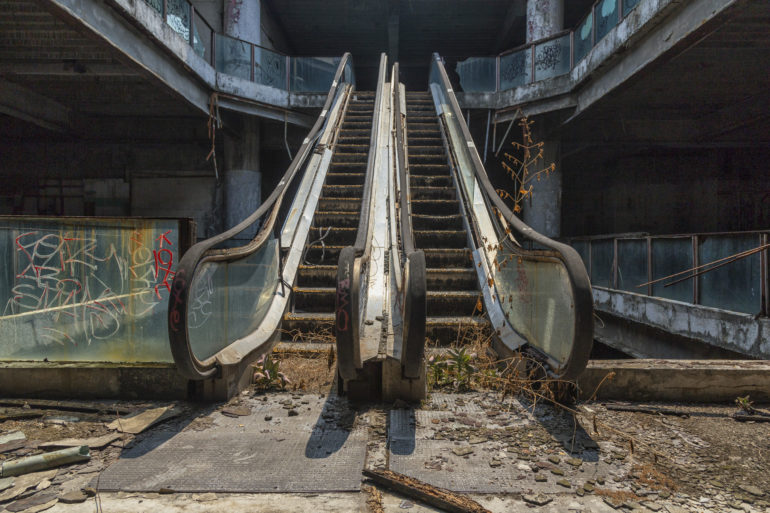
Why did you get into photography?
It began as a curiosity, but the passion for taking pictures become a driving force in my life. My first publication for my abandoned site work was 3 years ago, and since that time I’ve been on the search for new places with stories to tell.
Which photographers are your biggest influences?
Bruce Davidson, Sebastiao Salgado, William Eggleston, Bruce Gilden, and my mentor, Dennie Cody.
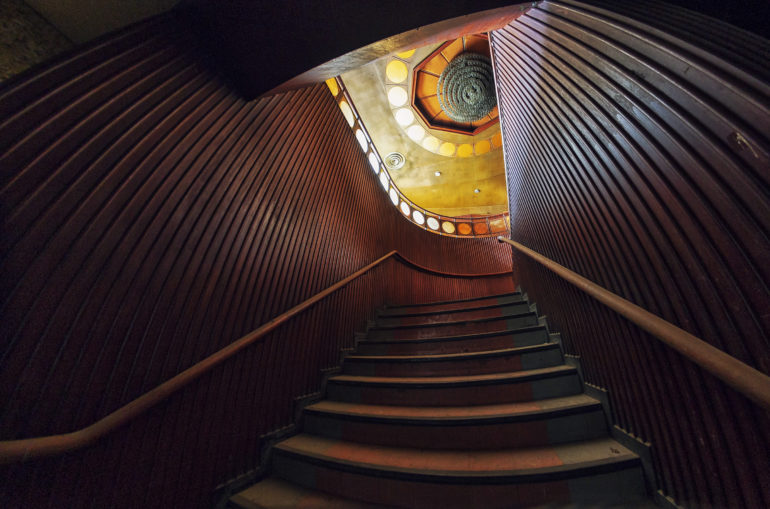
How long have you been shooting?
Four years.
Why is photography and shooting so important to you?
I want to tell the story of forgotten locations before they are completely lost to time and decay. I feel that understanding the past, where we’ve come from is important in order to understand where we are and where we’re going. Abandoned sites that were once important are a window into the past and can tell us a lot about ourselves and our societies.
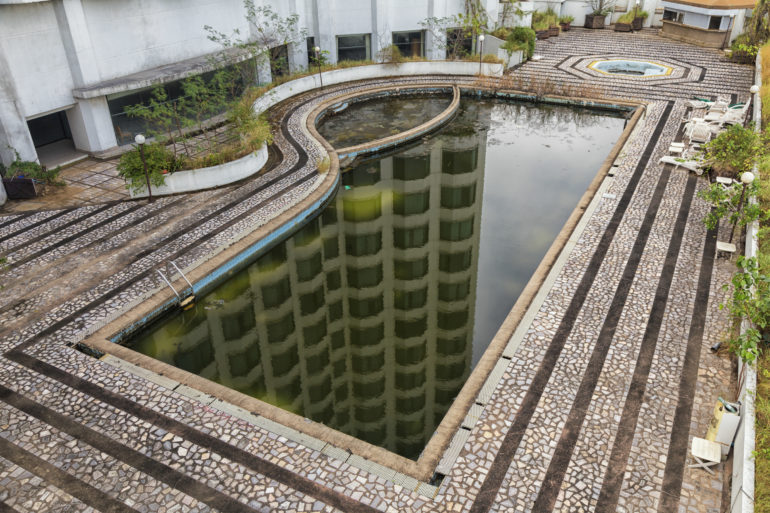
Do you feel you’re more of a creator or a documenter? Why?
I’m often a documenter as that is how my photos sell, but once I’ve had the time to go through my images it seems like I’m also a creator. Discovering beauty in decay and putting that into an image is, in a sense, a form of creation.
What’s typically going through your mind when you create images?
Questions. Is this the best angle? Does this capture the emotion of this person or this location? Does this lighting work for this scene? Am I getting the right images to tell the full story? Is that homeless guy going to stab me?
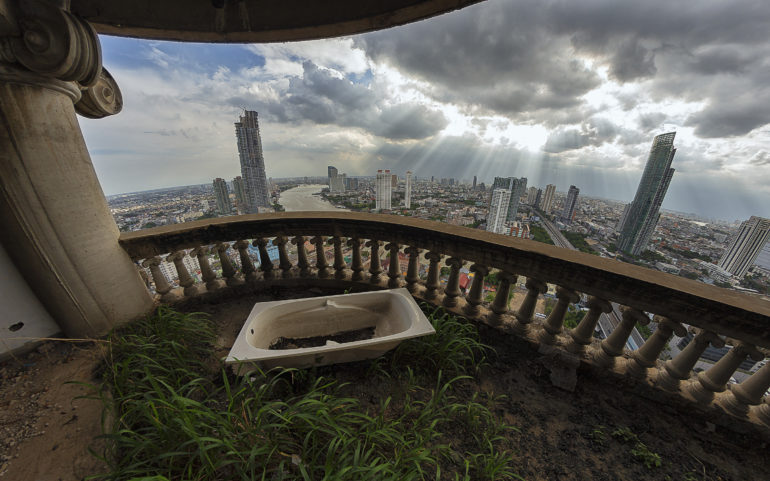
Tell us about your processes both mentally and mechanically.
When I arrive at a new site to document or location with a cultural event that I need to capture, I take a few minutes to walk around and explore (if I can, depending on security, general safety, etc.). I look for the strongest points of significance with the best light, unique/fascinating architecture people or objects, and especially the spots that define the location or event. I focus on those, and in between I always find other elements that tie it all together. I use my tripod when an area is too dark & raising the ISO to a certain level would add too much noise. Otherwise I try to avoid using it. At the end of the shoot I use my drone to get aerial stills & video.
Want to walk us through your processing techniques?
I do basic processing in LR (lens correction, sharpening, basic noise reduction, metadata, highlights/shadows/whites/blacks/exposure, cropping), export to Photoshop and work on color, detail, vignetting if needed, more noise reduction as needed, adjustment layers, work with some color or black and white plugins, custom actions, remove chromatic aberration if needed.
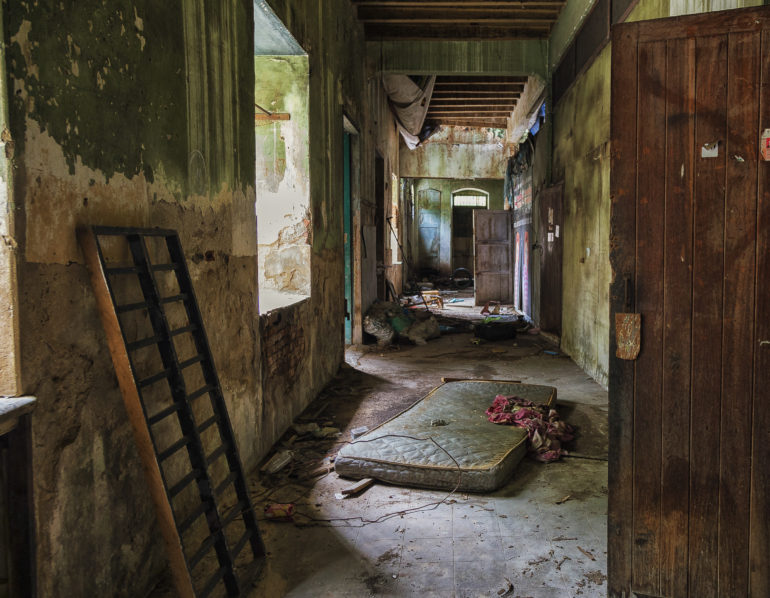
What made you want to get into your genre?
I was contacted by a syndicator that was interested in publishing my airplane graveyard pictures. They interviewed me, put out the story, it sold, and went viral. That was the beginning of my documentation work. Since then I’ve been very busy and been lucky enough to have some great success.
Tell us a bit about the gear you use and how you feel it helps you achieve your creative vision.
To handle my abandoned site work I use a Canon EOS 6D and multiple lenses, though my workhorses are a 24-105L f/4 and a 8mm manual f/3.5 fisheye. I also like my 100-400L for sharpness with landscapes and portraits. I have a Mavic Pro for drone work.
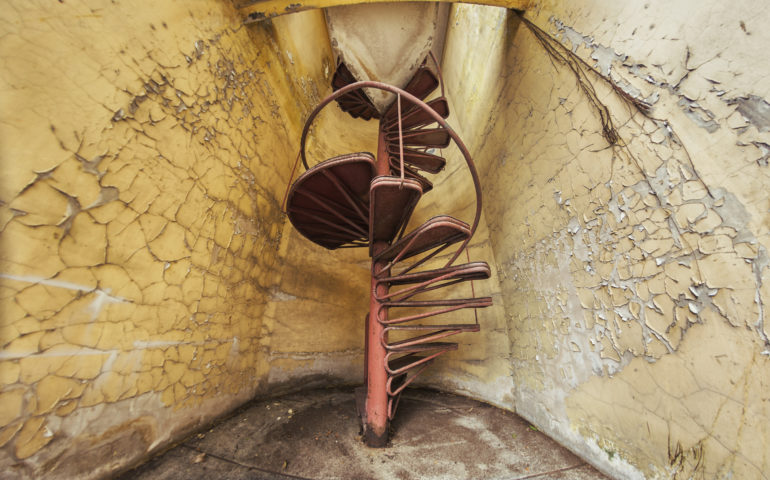
What motivates you to shoot?
With regard to abandoned sites, if I learn of a new site that I haven’t shot, it sticks into the back of my mind. Over time, I get to the point that I can’t stop thinking about the shoot, and I make the trip. While shooting, I don’t think about eating, resting, drinking water, going to the bathroom, or anything else until I feel I have enough images.
With regard to street shooting or cultural documentation (example here and here), it’s the same sort of obsession. When I heard of the Chinese Opera, I spent weeks tracking down their performance locations via their private (and secretive) Facebook group. Once I knew a performance was coming, I jumped on my motorcycle and drove over to that are of the city to try and find the temple where they had the show. I didn’t really think about anything else until I had the shots and interviews. It was the same with the tattoo festival.
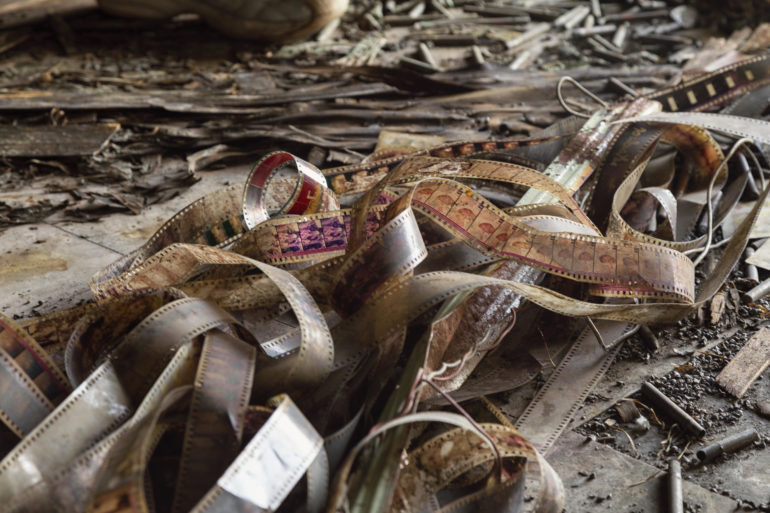
People are interested in abandoned places, I think because they remind them that nothing is permanent, and just because something has had a great deal of care or importance associated with it, it doesn’t mean it will always be there. Abandoned places also naturally make us inquisitive. What happened there? What did that used to be? Why was it abandoned? What are the plans for its future?
Visit Dax Ward’s website, Facebook page, and Instagram to follow his work.


